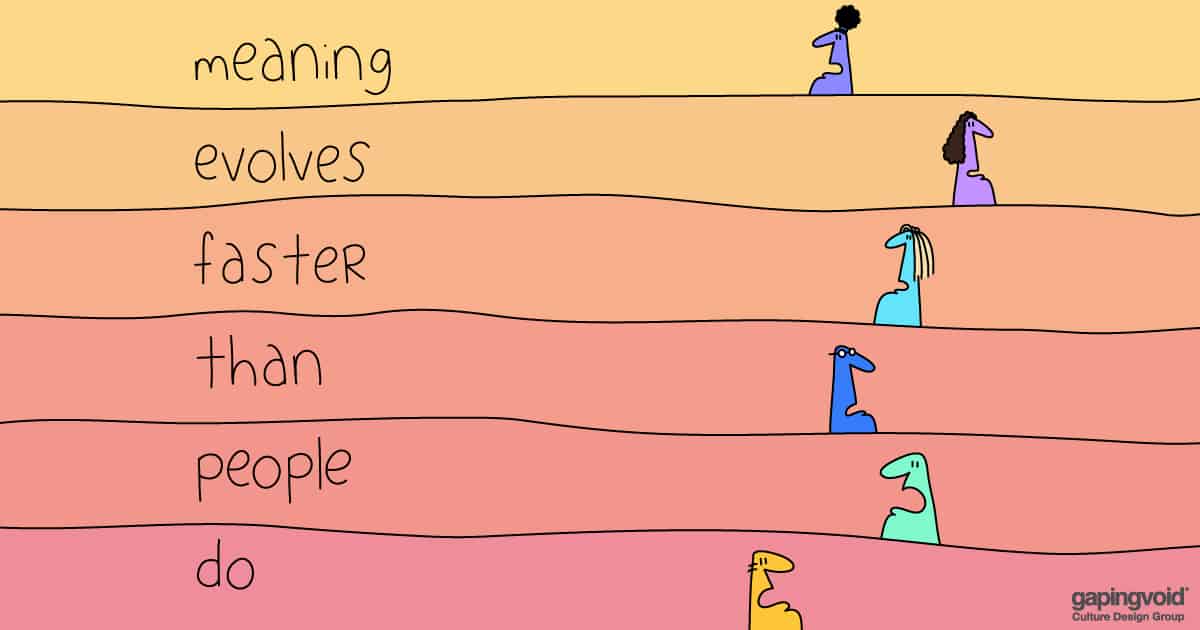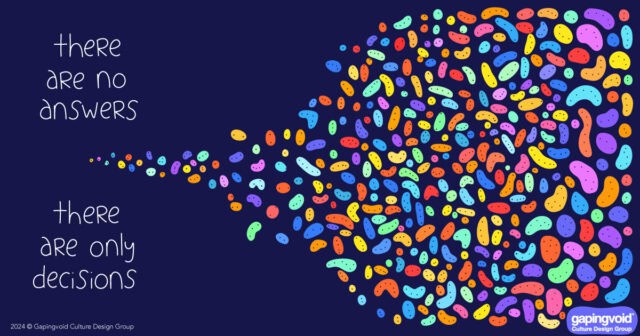
University Of Pennsylvania anthropologist, Professor Greg Urban‘s new book The Culture Puzzle: Harnessing the Forces that Drive Your Organization’s Success, co-authored with Mari
Though it might seem like a big leap from rainforest to the corporate boardroom, Greg insists that wherever you go, people are people, and most of the same rules apply, regardless of geography.
Here are some takeaways:
- Most cultures are just plain old habits. “That’s how we’ve always done it around here.” To change a culture, you need to change habits. To change habits, you have to know what they actually are.
- Yes, the leader has to have a vision. But that vision has to come out of pre-existing narratives. For example, the Roman Catholic Church was able to take the pre-existing Mediterranean Cult of the Diana Goddess and morph it into the worship of the Virgin Mary. It didn’t expect its early converts to embrace a blank slate approach but built on a pre-existing religiosity.
- A good leader is listening, tapping into, and understanding what’s motivating people.
- Culture is always local. Each org has its own culture, which begins when people start interacting with each other. This is why you can’t just “import” another company’s culture. What works at Apple may not work at Tesla.
- Local cultures tend to build around small teams. Successful teams have their own micro-cultures. So a CEO is not just a leader of a tribe, s/he’s a leader of a tribe or tribes. These tribes will also compete with each other.
- ALL cultures exist to help people get things done. But they also exist to help people get ahead, whatever the hierarchy. Hierarchies and competition exist inside all cultures. A good leader never forgets this.
- Culture is created at all levels. Led from the top, true, but contributed at every level, often without the leaders’ knowledge.
- Habits (good and bad) are instilled by rituals. Meetings are rituals, for example.
- Habits (good and bad) are also instilled by artifacts. (In our opinion, Culture Walls are the most effective artifacts ever created for work 🙂
- Culture is not static. Culture is dynamic. It’s always morphing, one must always be tending to it, like a garden. This is where culture management REALLY begins.
- Greg’s final piece of advice to leaders: Pay attention to people as people. Always remember you’re leading people, not job titles. People like to talk about “bringing your whole self to work”. People actually do exactly that.



